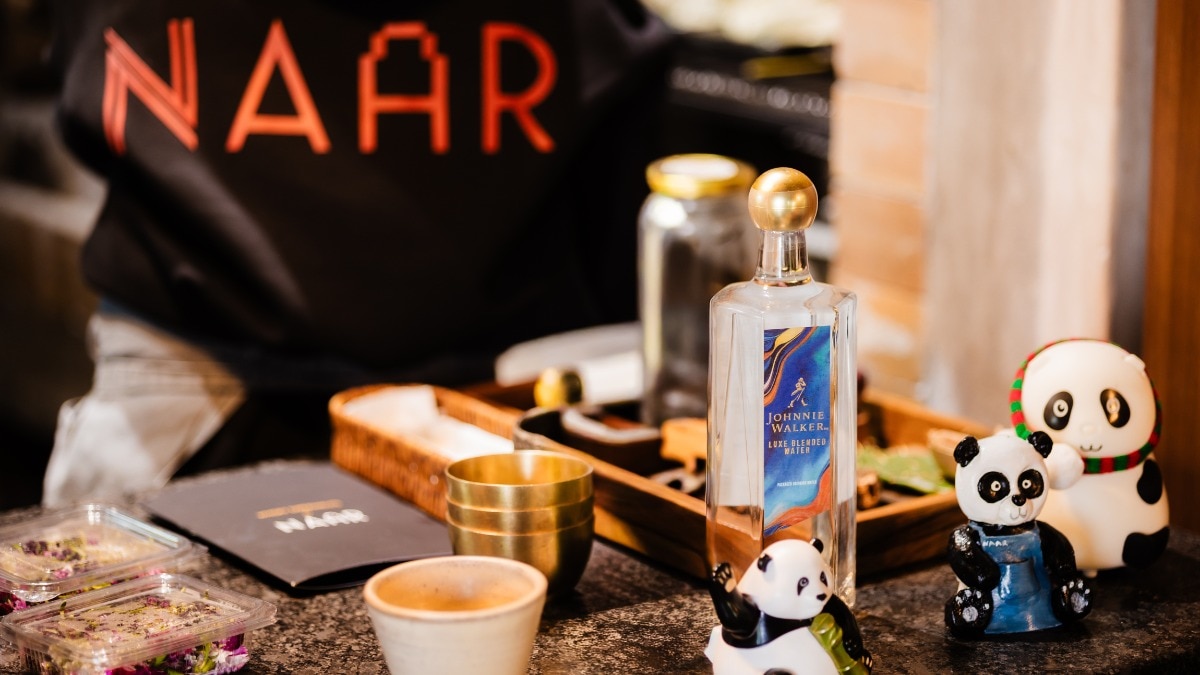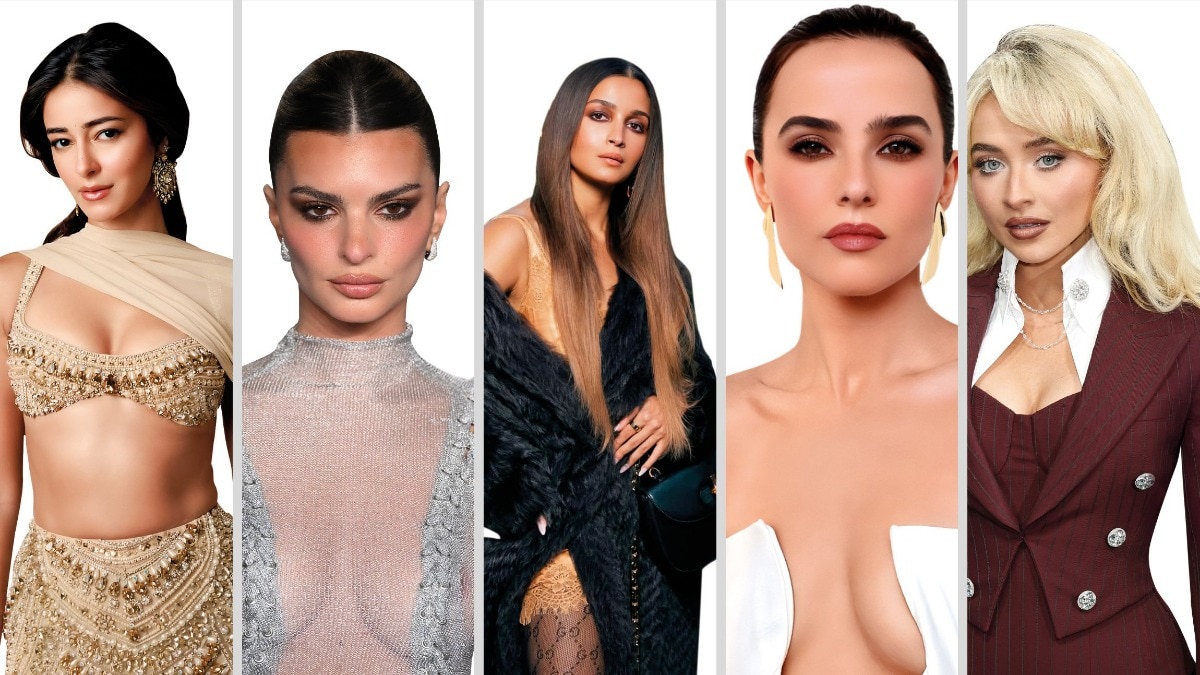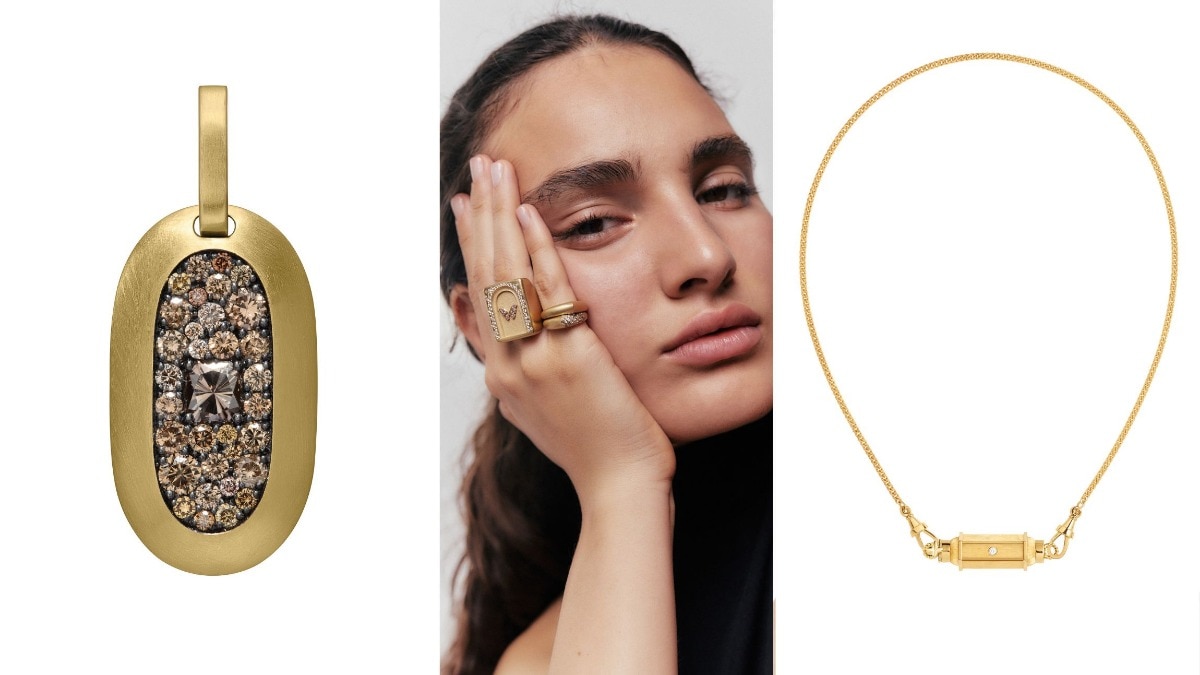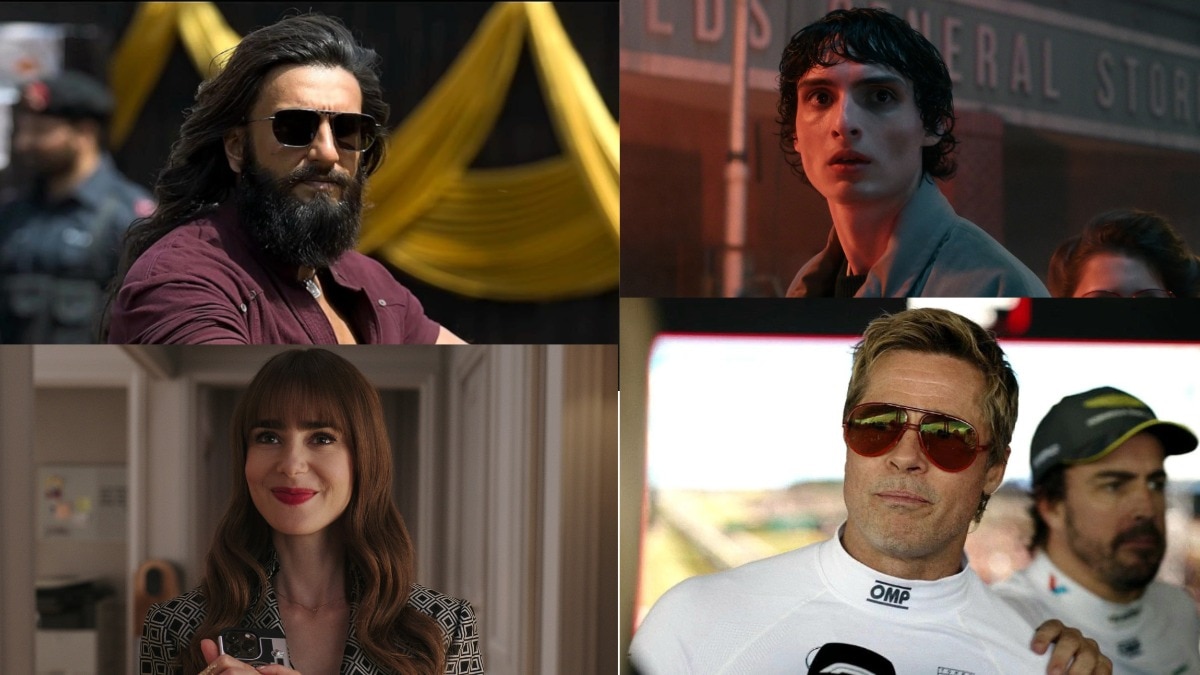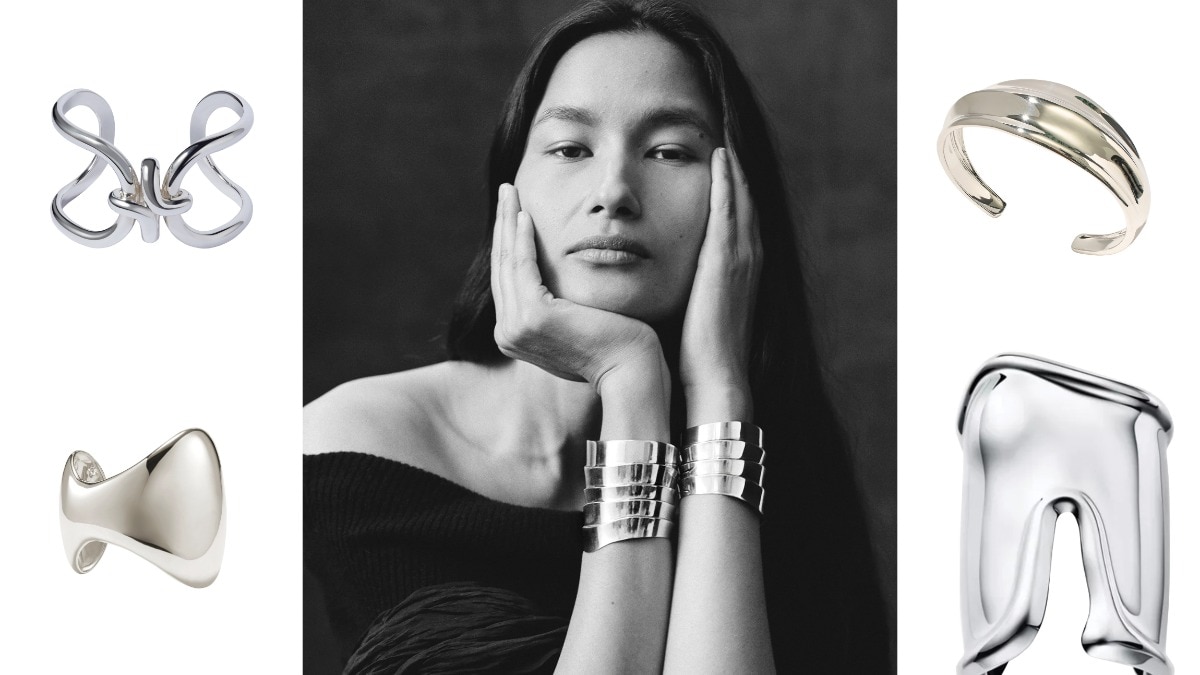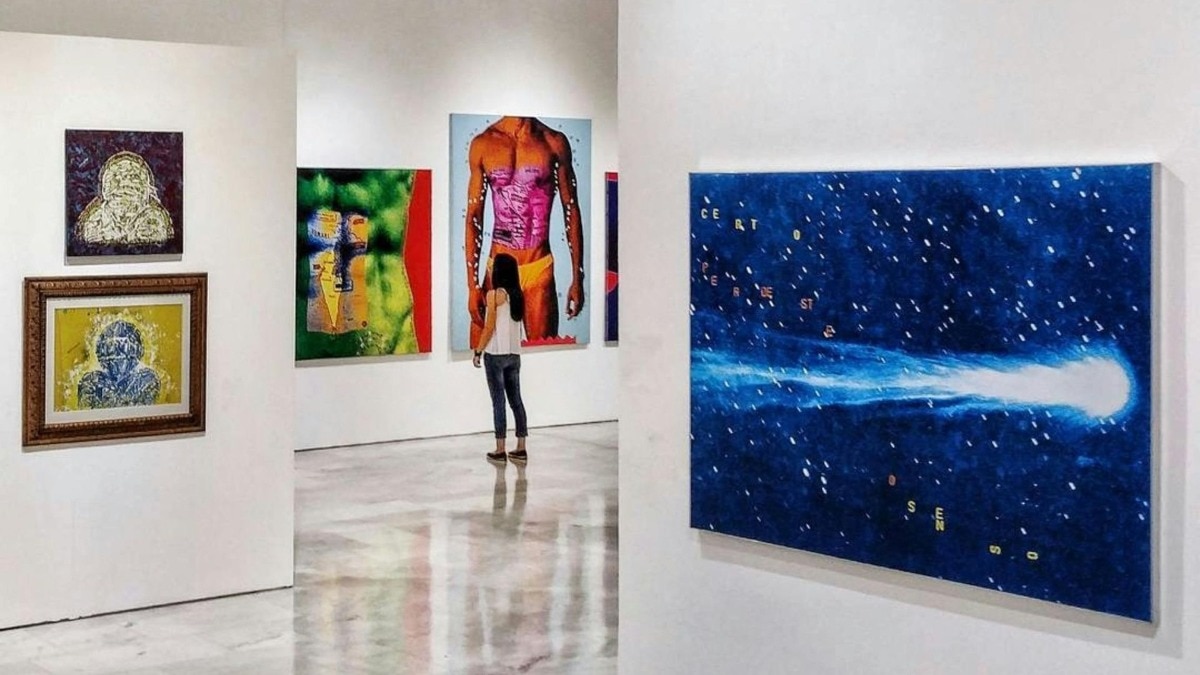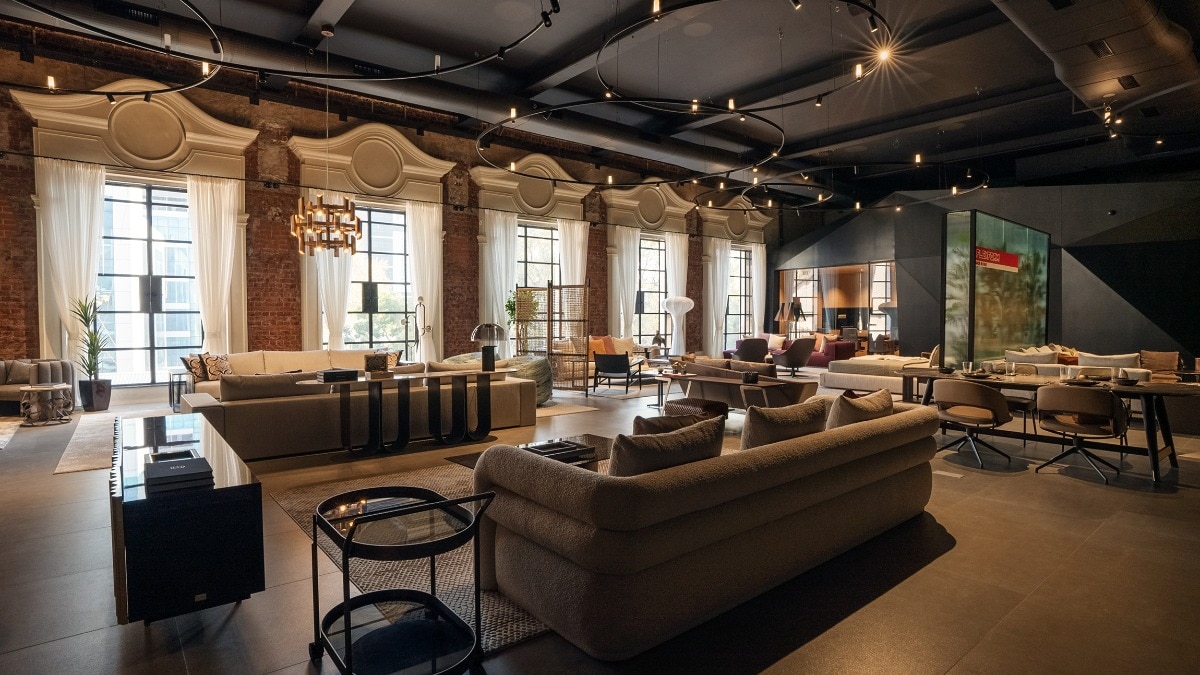
Model Alicia Kaur gets real about beauty, body dysmorphia, and self-acceptance
Our Body and Beyond Issue star Alicia Kaur’s journey goes beyond the typical narrative of transformation; it is a deliberate act of reclaiming agency in a society that often dictates silence around women’s bodies.


When we began casting for this cover series, Alicia Kaur was one of the first names that came to mind. I remembered seeing her on Instagram last year, where she casually named her breasts in a reel that, at first, seemed like a playful meme. But as the seconds passed, it became clear this wasn’t just another trend. Alicia was opening up about her breast enhancement surgery in the most candid way. It was unexpected, refreshingly honest, and in that moment, I thought: Wow.
As women, we all know how sensitive the topic of our breasts can be. We scrutinise them, question their shape and size, and often measure them against impossible standards. I’ll admit, even now, I sometimes wonder if mine are too big or too much. Alicia’s unfiltered approach made me realise how deeply personal—and quietly political—our relationships with our bodies can be.

When Alicia entered the studio on the day of the shoot, there was a quiet ease with which she slipped behind the lens, offering her full presence. The confidence with which she moved was effortless, and her laughter filled the space as jokes were exchanged. It was impossible not to feel her warmth and authenticity.
A few days later, I found myself seated across her on a Zoom call, and that’s when the story truly deepened. It stopped being just about a “boob job” and became something far more meaningful. It was about a young woman learning to take up space, to feel seen, and to carve out a sense of belonging in a world that often tries to dictate what that should look like.
“I didn’t grow up like a ‘white’ kid,” Alicia tells me. “I grew up as an ethnic child in a very white Australian suburb—with a Greek Cypriot dad and a Chinese-Anglo mum. I always felt different.”
Tall, skinny, sporty, and creative, she was constantly picked apart. “People used to call me anorexic, a boy...even for being good at things. I just didn’t fit. I kept thinking, maybe something’s wrong with me.” Her early idea of beauty was shaped by supermodels like Elle Macpherson. “They were tall, confident, powerful. I wanted to be like them—even when I didn’t fully understand why.” Fashion quickly became her language. “I was three when I styled my first outfit—mum let me choose it, and the store owner ended up photographing me. That was technically my first modelling job.” She dabbled in acting and trained as a professional swimmer, even prepared for the Commonwealth Games, before an injury forced her out.
And then came the moment of clarity. “I was 10 years old, sitting alone in the playground, and I remember thinking: I need to get the f*** out of Australia. Not because I didn’t love it, but because I knew there was more. More space for someone like me. More possibilities. More belonging.”
When I ask how modelling really began for her—and what those early years taught her—she pauses for a beat. “I thought it would be easy,” she admits. “People always told me I should model—family, friends, even strangers on the street. So I just thought, alright, I’ll go for it. But the reality? It was rejection after rejection.”
Each knock hit harder than the last. “On one hand, my parents were telling me I was beautiful. On the other hand, the industry was telling me I wasn’t enough. Not tall enough. Not skinny enough. Too pretty, not pretty enough—it was endless. And I think, as a teenager, that chipped away at me.” But it also shaped her. “I learned resilience, patience, and discipline. I learned how to look after my body— how to eat well, train properly, and take care of myself. Back then, they told me if I made it, my career would be over by 27. And now I’m nearly 35, and I’m working more than ever.”
She smiles, quoting her dad. “‘Opinions are like a***holes—everyone’s got one’. And he’s right. The trick is learning which ones to ignore.” Her path eventually led her to India—but not before a whirlwind tour through China. “Beijing was my first real international modelling job,” Alicia reveals. “No one spoke English. I was jet-lagged, on the wrong side of the road, and felt like a robot. But it toughened me up.”
It was in China that she met Indian model-turned-photographer Adhiraj Chakraborty. “He told me, ‘I think you’d do really well in India’. I kind of laughed it off—I wasn’t sure where life was taking me. But I was at a low point, ready to quit modelling, when I got an email from him saying he’d found me an agency in India.”
Two weeks later, she landed in Mumbai. “From the moment I arrived, something just clicked. The driver spoke English. The sun was shining. I found fruits and veggies right outside my door. I was thriving.” Despite early pushback, Alicia stayed persistent. “I just kept asking: Why not? If someone else is doing it, why can’t I?” She began booking jobs, slowly proving the industry wrong.
A major turning point came when she switched agencies. “Moving to Inega changed everything. They believed in me from day one and opened doors I was told would always be shut—fashion weeks, beauty campaigns, and even a Netflix show.”
But as her career gained momentum, she found herself at personal crossroads—one rooted in long-held insecurities. “I’d spent most of my life feeling like I had to shrink myself,” she says. “But even when I was finally standing tall, booking campaigns, doing shows—I still didn’t feel quite at home in my body.”
The decision to get breast enhancement surgery wasn’t sudden—it was slow, deliberate, and deeply personal. “It wasn’t about trying to be sexier, or to please anyone else. It was about alignment. I wanted my body to reflect how I felt on the inside—stronger, fuller, more me.”
When I ask Alicia about the lead-up to her surgery—the fears, the conversations, the inner conflict—she doesn’t hold back.
“Everyone thought I was batshit crazy,” she laughs. “I asked so many people— friends, family, my agency—and almost all of them said, ‘Don’t do it. You don’t need it’. And I get it—work was going well, things were steady. But I just had this feeling, deep down. You know that feeling that drives you your whole life? It was that. I had to do it.”
Even with the right doctor lined up, the fear lingered. “People were like, ‘What if you die?’ And I said, ‘Then I die with a great pair of boobs’, she grins. “I told my friends, if anything happens, please don’t take them out—bury me with them. Cremate me with them. Let history know I had them!”
But beneath the humour was real fear. “I was terrified. I kept telling my surgeon, ‘I’m a model—these have to be perfect. The best you’ve ever done’. I was scared they wouldn’t look right. Scared I’d regret it. Scared to put it online.”
She hesitated before sharing her story publicly, unsure how it would land. “I knew there’d be judgement, but I wasn’t doing it for the haters. I did it for girls like me—girls who feel unsure in their bodies, who just want to feel at home in themselves.”
And when she finally asked her doctor if she could share her journey? “He just said, ‘Do whatever you want. I’ll make sure they’re the best I’ve ever done’.”
Waking up from surgery, Alicia felt a heavy pressure on her chest, like “someone was sitting on me,” making it hard to breathe. “It wasn’t pain exactly, more like an intense pressure,” she recalls. “My shoulders felt locked up because my muscles were cut, and I was shaking with fear. Meditation, especially breathing techniques I learned from yoga, helped me stay calm. I focused on my breath to get through those first terrifying moments.”
Those first 24 hours were brutal. “I couldn’t lift my arms or move much. My friend fed me and kept me grounded while I was high on pain meds, cracking jokes to mask the fear. The tight compression bras were almost unbearable, but I reminded myself the pain was temporary—and the results would be worth it.”
Returning to work after 10 days, Alicia felt a rush of joy. “I could finally wear clothes without stuffing or padding. Sure, the swelling lasted months, and it took a full year for everything to settle. But now? These are my boobs. Perfect size, perfect feeling.”
She smiles, “Some models keep it quiet about their surgeries, but I wanted to be open—because it’s part of my story, and it’s okay to own that.”
When asked why she chose to share such a deeply personal journey publicly, Alicia’s answer was as honest as it was inspiring. “I was terrified to put it out there,” she admits. “But on the morning of my surgery, unable to sleep, I decided to document everything—not just for me, but for anyone out there who might feel alone or unsure about their own choices.”
She noticed a glaring silence around plastic surgery in India. “In other countries, like Brazil, women are open about it. But here, people hide it, almost ashamed. That bothered me. Why are we so scared to own our stories? I wanted to change that.”
Alicia also speaks candidly about the deeper struggles behind her decision. “Body dysmorphia is real—I’ve lived with it my whole life. The surgery wasn’t just about aesthetics; it was about reclaiming confidence after years of emotional pain, especially following my break-up. I knew I risked judgment and trolls, but I had nothing left to lose. If I were going to do this, I wanted to do it boldly—and with humour. Naming my boobs? That was pure spontaneity.”
Her openness resonated far beyond expectations. “The support I received— from industry insiders, designers, even young models following me on Instagram—was overwhelming. People understood the message wasn’t ‘go get surgery’, but rather: If you’re struggling, find your path to healing, whether that’s therapy, fitness, or any form of self-care.” When trolls appeared, Alicia faced them with grace. “I didn’t fight back. I simply said, ‘Thank you for your opinion’. Everyone’s journey is different, and I’m just sharing mine honestly.”
Having lived and worked across continents—from the bustling fashion scenes of India and Asia to her roots in Australia—Alicia has witnessed firsthand how societies respond to women owning their bodies. Despite patriarchal undercurrents, she reflects, the reaction to her journey has been overwhelmingly positive. “If anything, it’s sparked more acceptance, more courage in others to embrace themselves,” she says thoughtfully. “Globally, so many people struggle with self-love. I’m still learning every day. Even the most beautiful people I know battle insecurities—it’s heartbreaking.”
When asked about the hardest and most liberating parts of her journey, Alicia doesn’t hesitate. “The hardest? Just believing in that little girl who dared to dream that she could achieve so much. The most liberating? Realising that I did—and that I did it without losing my kindness or my spirit. There’s this stereotype that success changes you for the worse, but I feel more myself now than ever.”
Looking back, Alicia wishes she could tell her 14-year-old self to never give up and to embrace life’s possibilities without regret. Looking forward, her goals are just as expansive. She’s about to launch confidence workshops for models, aiming to mentor and uplift others in the industry. More than that, she dreams of becoming a holistic health coach—helping people cultivate self-love and wellness in all areas of life. And, deeply connected to her roots, she hopes to give back to India, supporting environmental causes and empowering communities.
Through every twist and turn, Alicia’s message is clear: This journey is not about perfection or external validation; it’s about reclaiming your story, embracing vulnerability, and finding strength in authenticity. If her openness can inspire even one person to love themselves a little more or take that brave step toward healing, then every fear faced and every barrier broken has been worth it.
Editor: Rasna Bhasin (@rasnabhasin)
Digital Editor: Sonal Ved (@sonalved)
Photographer: Nishanth Radhakrishnan (@nishanth.radhakrishnan)
Stylist: Samar Rajput (@samar.rajput05)
Cover Design: Mandeep Singh Khokhar (@mandy_khokhar19)
Editorial Coordinator: Shalini Kanojia (@shalinikanojia)
Make-up Artist: Kiran Denzongpa (@kirandenzongpa), Agency: Feat Artists (@featartists)
Hair Artist: Shivani Joshi (@sculpt.ing_), Agency: Feat Artists (@featartists)
Set Design: Janhavi Patwardhan (@artnut_j)
Hair Artist Assistant: Yaikhom Sushiel (@sushiru_)
Make-up Assistant: Sharmila Gurung (sharmilagurung469)
Fashion Assistant: Aditya Singh (@adityakamalsingh)
Alicia is wearing a metal bralette, Bloni (@bloni.atelier); tights, AFEW Rahul Mishra (rahulmishra_7); earrings, House of Umrao (@house_of_umrao)
Also read: Milind Soman on why his 50s feel like his fittest, freest decade yet


